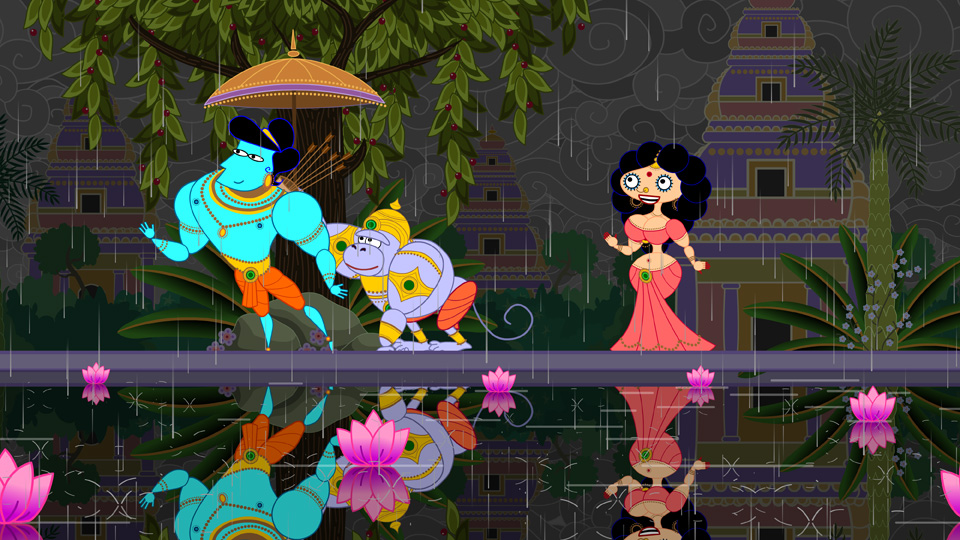 If you're looking at this website in anything other than an RSS reader you can probably tell that we've completely overhauled the website. Thanks to our wonderful designer friends at Nathanna, we've both expanded and simplified the Self-Reliant Film website.
If you're looking at this website in anything other than an RSS reader you can probably tell that we've completely overhauled the website. Thanks to our wonderful designer friends at Nathanna, we've both expanded and simplified the Self-Reliant Film website.
As we mentioned a few weeks ago, our new look is based on some new directions for the website.
Today, with the launch of the new site you can do a few things that you couldn't do before:
Sign up for the email list. Our new email newsletter will have exclusive content we don't put on the blog. We’ll share tips on great films we’ve recently discovered, we'll provide some extra filmmaking tips, and you’ll get access to see our films for free. The newsletter is only sent once a month, we never sell or share others’ email addresses, and it’s ad-free. Subscribe!
Watch our films: Some folks that visit this site do so because they're fans of our films. Others visit the site because of the blog. If you've not seen our work, or you want to see our films again, or you want to see more of them… we've spelled out all the ways to watch.
The easiest and least expensive way is to sign up for the email list. But there are other ways, too. Find out more here.

Must reads: Look to the sidebar on the left. These are a few of the most popular posts on the site. Check them out if you're new here or if you've not read these. The Declaration of Principles was the first post on the blog, and it's still pretty much as relevant today as it was when it was drafted in November 2005.
Resources: If you click on "Resources" (look to the upper left of this page) you'll see some of the more helpful pages we've assembled for filmmakers (and everyone) since beginning the site. Over the coming weeks we'll be updating and expanding these pages.
Submission guidelines: We've always received emails from readers wanting us to watch and/or review our films. This has been done pretty much catch-as-catch-can in the past. We finally drew up some ideas about how to do this, as seen in the sidebar on the left. We want to review and put a spotlight on great films more than we've been able to recently. This is a way to encourage this. Click on the Submission Guidelines and and let us know if you've got a film you want us to watch.
What hasn't changed?
Our blog still features all the same stuff that we've championed and discussed from the beginning -- DIY, regional, and personal filmmaking. We've moved it to selfreliantfilm.com/blog, so update your bookmarks.
(If you bookmarked an old page from the blog it should automatically redirect to the new permalink structure, but if you encounter a broken link, let us know!)
Finally, one other thing that hasn't changed: This site is still ad-free.
For us, self-reliance has always gone hand in hand with the idea of simplicity. While filmmaking is a vocation that often resists even our attempts to simplify the process of making movies, we feel the least we can do, sometimes at least, is keep our tiny corner of the internet quiet from flashing banners, pop-ups, and google ads buried within our own reflections. This website, like our films, continues to be a labor of love.
We hope you like the new site, and the things to come. If you do, spread the word by sharing with a friend by using facebook, twitter or, you know, by actually telling someone about it face-to-face.


 .
. .
As most readers know, I'm a fan of Final Cut, so it's a big deal to me when a major upgrade of the software is released. This new FCS has a lot of changes and new features. Like the upcoming Snow Leopard operating system many of the new features strike me as time-savers, not game changers. But after looking over the changes....I'm a little underwhelmed. Are there improvements? Sure. Am I going to stand in line for this release? No.
.
As most readers know, I'm a fan of Final Cut, so it's a big deal to me when a major upgrade of the software is released. This new FCS has a lot of changes and new features. Like the upcoming Snow Leopard operating system many of the new features strike me as time-savers, not game changers. But after looking over the changes....I'm a little underwhelmed. Are there improvements? Sure. Am I going to stand in line for this release? No. Winner of Cinema Eye awards for Outstanding Achievement in Nonfiction Feature Filmmaking, Outstanding Achievement in Cinematography, Outstanding Achievement in Editing. Winner of the Sundance Grand Jury Prize and Documentary Cinematography Prize.
Winner of Cinema Eye awards for Outstanding Achievement in Nonfiction Feature Filmmaking, Outstanding Achievement in Cinematography, Outstanding Achievement in Editing. Winner of the Sundance Grand Jury Prize and Documentary Cinematography Prize. , for example, features early shorts -- in some cases the very first films -- by Lars von Trier, Jean-Luc Godard, Tom Tykwer, Nanni Moretti, Lukas Moodysson, and Jan Svankmajer. Godard's entry, "All The Boys Are Called Patrick" (written by Eric Rohmer) is found commonly found elsewhere, but I can't think of any other place to find many of these films.
, for example, features early shorts -- in some cases the very first films -- by Lars von Trier, Jean-Luc Godard, Tom Tykwer, Nanni Moretti, Lukas Moodysson, and Jan Svankmajer. Godard's entry, "All The Boys Are Called Patrick" (written by Eric Rohmer) is found commonly found elsewhere, but I can't think of any other place to find many of these films.